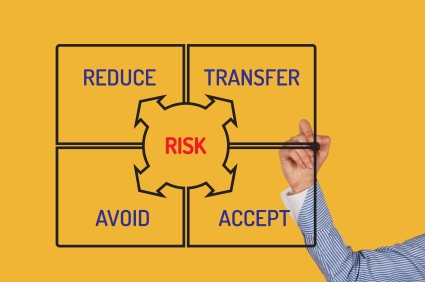 Just the other day, I was meeting with an executive acquaintance of mine who had just received a significant promotion. While he is excited about his promotion, he is challenged with looking for his replacement in his previous position; and in the meantime was doing both jobs. When I asked him how it was going, he responded, “just trying to get it all done, without dropping any balls”.
Just the other day, I was meeting with an executive acquaintance of mine who had just received a significant promotion. While he is excited about his promotion, he is challenged with looking for his replacement in his previous position; and in the meantime was doing both jobs. When I asked him how it was going, he responded, “just trying to get it all done, without dropping any balls”.
This conversation reminded me of one I had with one of my Vistage CEO Advisory Board members. He was lamenting the challenges one his executives has with burnout. In this case, the CEO was saying “I wish he would learn to drop some balls, his effort to get everything done is what is causing his burnout”!
For those of us who want to dot every I and cross every T, (I admit I am one of them), the ‘to do list’ can seem endless. What I heard this wise CEO saying is, “go ahead, drop some balls”, just choose the ones you are going to drop.
What if instead of starting each day with a list of what we are going to do, we instead begin by removing from the list the things we aren’t going to do. Here are some examples to get you started:
- What if you reviewed email once or twice per day, and let everyone know that is your plan?
- What if you coded your email so that critical emails moved to a priority list and you responded to these first?
- What if you paused and asked yourself, does this email, call, text, inquiry require a response?
- What if you removed yourself from EVERY email where you were listed as a cc (or sorted these to a “someday maybe” list).
- What if you paused, before saying “yes”?
Please send me your comments with ideas to add to this list…
P.S. In honor of this post and my upcoming vacation, the next blog post will appear September 29th.











 The initial results of my Pivot are excellent. I feel I have much greater clarity regarding the next 3-5 years..
The initial results of my Pivot are excellent. I feel I have much greater clarity regarding the next 3-5 years.. 